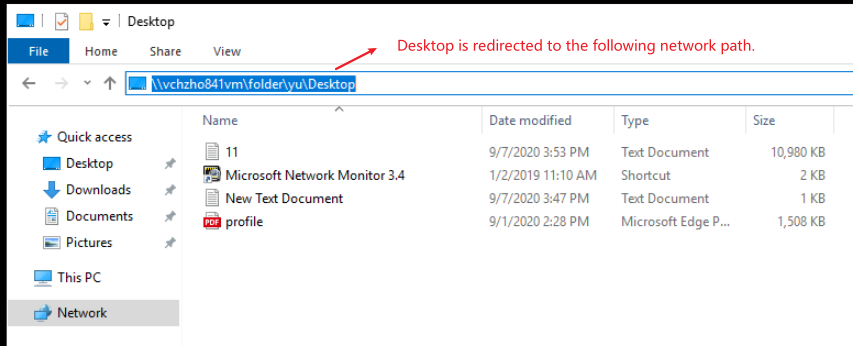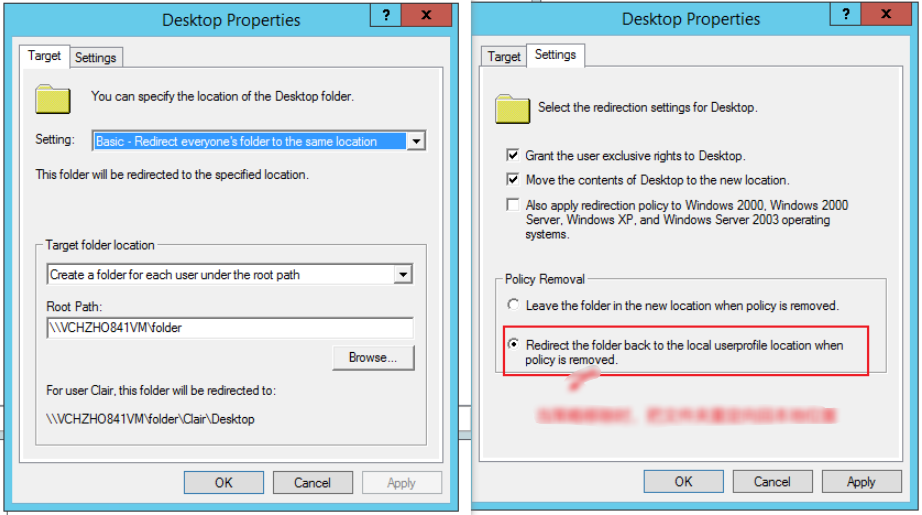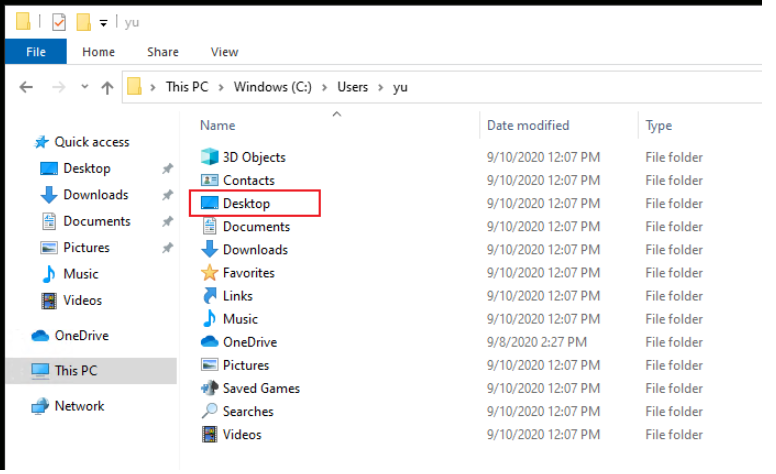
Hello @Joe C ,
Thank you for posting here.
I think the best and easy method is we should redirect these folders back to local user profile via GPO through VPN or in domain network.
As we mentioned, we do not currently have an easy way to deploy a VPN solution.
After we redirect these folders back to local user profile via GPO, then we can deploy the ODB known folder.
For example:
- We need to redirect the previously redirected desktop folder back to the original local path. The following is that the desktop is not in the local user profile path but is redirected to one network path.


- Please make sure the desktop folder of the specified user has been redirected back to the local path. If the desktop is not redirected back to the local path, please set the following policy on the existing folder redirection GPO, and then use the user to log in to the client to update the policy.

- Then set the folder redirection to the "unconfigured" state, and then use the user to log in to the client to update the policy.

- Make sure that the user's desktop folder is indeed in the path of the local user profile.

5.After we redirect these folders back to local user profile via GPO, then we can deploy the ODB known folder based on your requirements and needs.
Best Regards,
Daisy Zhou
